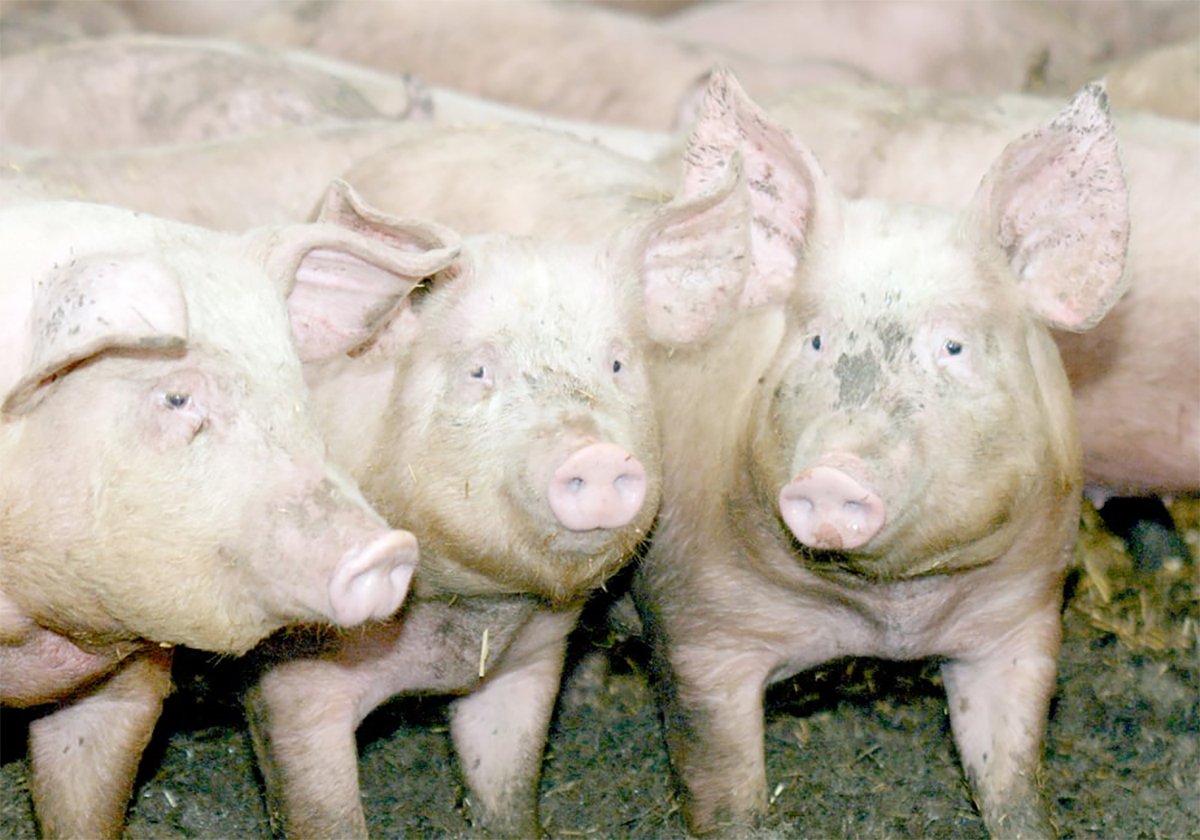Everyone likes a shiny, smooth, dust-free pellet.
The problem is, they shouldn’t.
That’s because the smoother and tougher the manufacturer makes the pellet, often the worse it is in feed value, a Norwegian researcher told the Western Nutrition Conference in Winnipeg.
“I think farmers are far too concerned with technical quality and they forget that sometimes good technical quality is not the same as good nutritional quality,” said Birger Svihus in an interview after his speech.
“In fact, in many instances it’s the opposite.”
Read Also

The Western Producer Livestock Report – October 2, 2025
Western Producer Livestock Report for October 2, 2025. See U.S. & Canadian hog prices, Canadian bison & lamb market data and sale insight.
Farmers are annoyed with feed pellets that disintegrate during mechanical handling. They don’t like the dust and waste. To avoid this, feed manufacturers have invested in technology to produce tough pellets that don’t break down easily.
But to do this, they often have to heat the feed ingredients to a high temperature, and that’s the cause of the nutritional problem, Svihus said. The higher the temperature, the more feed value is lost.
Enzymes are commonly added to poultry rations, but the enzyme value can be cut by 66 percent if the feed is heated to 75 C during processing, and by 84 percent if the feed is heated to 95 C.
Svihus said feed manufacturers aren’t deliberately negligent about the nutritional value of the feeds they sell farmers. They have just forgotten to think about it.
“I am surprised at how often the changes in processes have been driven solely based on technological considerations, and where they’ve forgotten to look at the end value, which is what the goal of the whole process (is supposed to be),” said Svihus.
Farmers need to stop worrying so much about the durability of the pellets they receive and look at the nutritional value. Only then will feed companies be pressed by farmers to concentrate on it.
Even though it’s clear that overprocessing can badly degrade feed’s nutritional value, little research has been done to discover the best method for preserving nutritional value.
“We still know far too little,” said Svihus, who works for a Norwegian feed institute.
“It’s hard to make specific recommendations.”

















